India’s banking landscape is diverse and competitive, with numerous banks operating across the country, catering to millions of customers. However, only a few of these banks stand out as the most significant, both in terms of popularity and the total assets they manage. Among these, the Biggest Banks in India play a crucial role in shaping the financial and economic fabric of the nation. Understanding which banks dominate the industry based on assets is essential for anyone interested in India’s banking sector. Today, we will explore the top 10 Biggest Banks in India by their total assets as of 2024. Let’s dive into the list to see which banks are the key players in India’s financial world.
Top 10 Biggest Banks in India
1. State Bank of India (SBI)

When you think of the banking sector in India, the State Bank of India (SBI) is likely the first name that comes to mind. This is because SBI is one of the most trusted and well-established financial institutions in the country. Founded in 1955, SBI has grown exponentially and remains a dominant force in Indian banking. As of 2024, SBI is not only the largest bank in India but also controls the highest total assets compared to any other bank. SBI’s total assets are valued at a staggering ₹5,954,418.30 crore (approximately US$750 billion). No other bank in India even comes close to matching SBI’s asset size, which is more than double that of the second-largest bank on this list. It’s no surprise that SBI frequently tops any list of the Biggest Banks in India, given its unparalleled dominance.
2. HDFC Bank

HDFC Bank is the largest private sector bank in India by total assets, and it ranks second overall. Founded in 1994, HDFC Bank has experienced rapid growth, establishing itself as a financial powerhouse in India. With total assets exceeding ₹2,530,432 crore (US$320 billion), HDFC has solidified its place among the Biggest Banks in India. What sets HDFC apart is its focus on a customer-centric approach, which has helped it attract a loyal customer base. While some rankings might place HDFC as the top bank, it holds the second spot by total assets. Its unique strategy of prioritizing customer satisfaction has made HDFC the number one private bank in India.
3. ICICI Bank
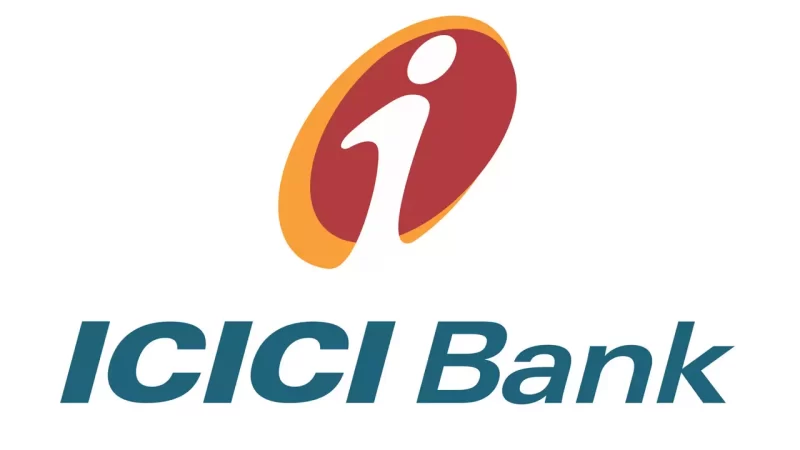
Next on the list is ICICI Bank, another private sector giant that has cemented its position as one of the Biggest Banks in India. Established in 1994, ICICI Bank’s total assets currently stand at ₹1,958,490.50 crore (US$250 billion). ICICI Bank has become a too-big-to-fail institution, much like HDFC Bank. Over the years, ICICI has expanded its services, making it a household name in India’s financial sector. Its commitment to innovation and customer service has allowed it to rapidly grow into one of the country’s leading banks in just three decades.
4. Punjab National Bank (PNB)
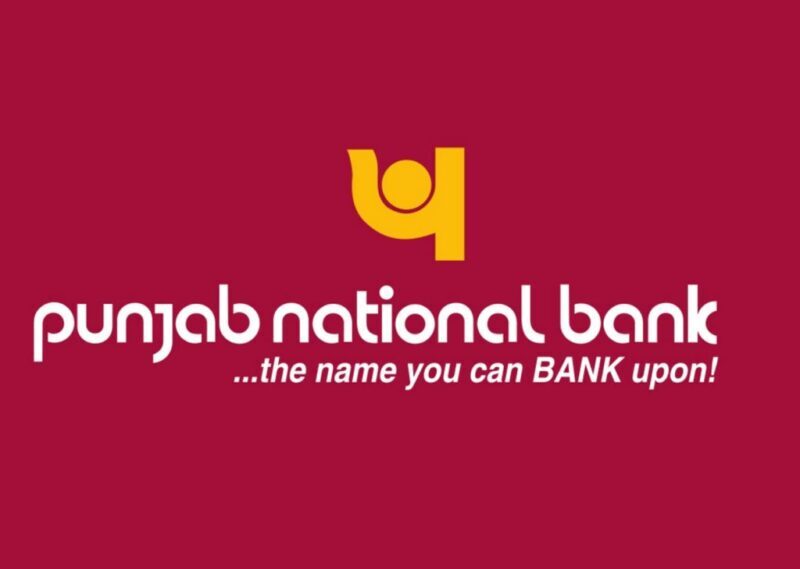
Punjab National Bank (PNB) is the oldest bank on this list, with a history dating back to 1894. Despite being over a century old, PNB remains one of the Biggest Banks in India by total assets, which amount to ₹1,493,648.94 crore (US$190 billion). PNB is particularly strong in northern India, where it provides a wide range of financial services, including those that cater specifically to the agriculture sector. Its reputation for reliability and customer service has made it a preferred choice for many people in India, especially in rural areas.
5. Bank of Baroda
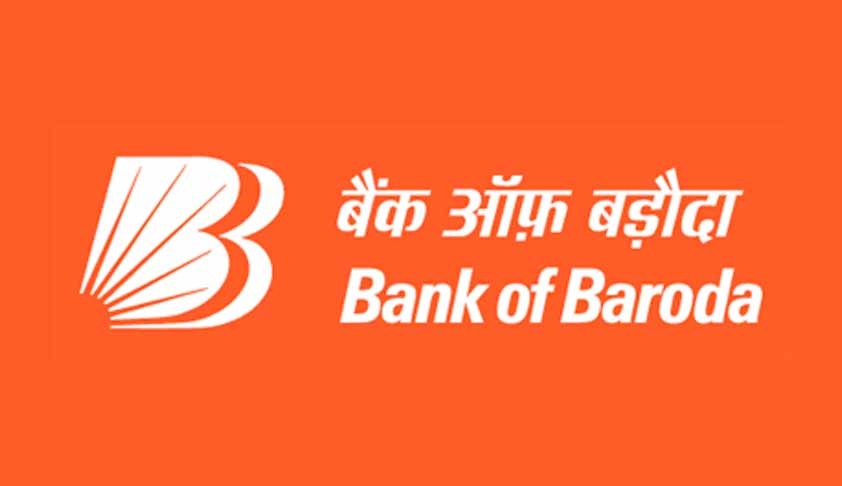
Bank of Baroda ranks fifth on this list, with total assets of ₹1,525,878.97 crore (US$190 billion). It is the third-largest public sector bank in India, with the government holding a 63.97% stake in the bank as of 2024. Founded in 1908, Bank of Baroda has a long-standing history and boasts nearly 10,000 branches across the country. It is one of the most popular banks in India, offering a wide array of financial products and services to customers across all regions.
6. Canara Bank

Canara Bank is the second-largest public sector bank by revenue, but in terms of total assets, it ranks sixth on this list. Canara Bank’s assets amount to ₹1,381,029.56 crore (US$170 billion) as of 2024. Canara Bank is also one of the oldest banks in India, founded in 1906, making it the second oldest bank on this list. With a strong presence in both rural and urban areas, Canara Bank continues to be a trusted name in the Indian banking industry.
7. Axis Bank
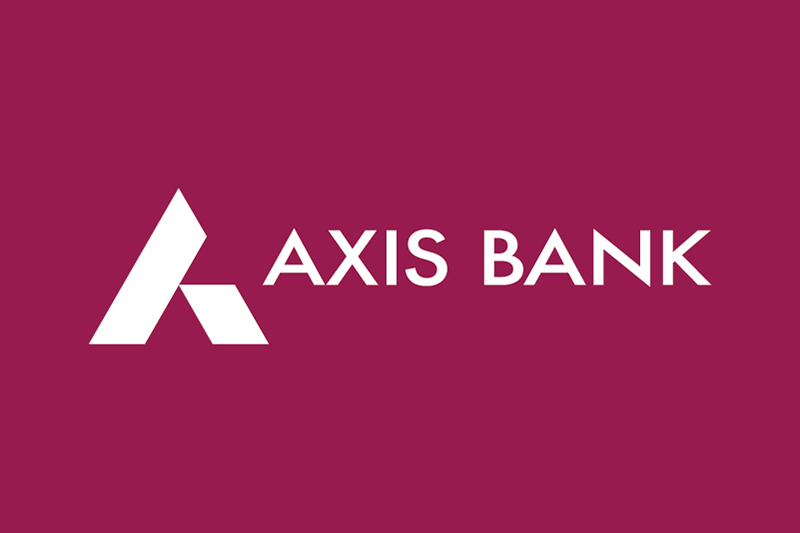
Axis Bank, with total assets of ₹1,344,418 crore (US$170 billion), ranks seventh among the Biggest Banks in India. Founded in 1993, Axis Bank has consistently focused on customer satisfaction, which has propelled its growth over the years. Axis Bank is one of the leading private sector banks in India, and its popularity continues to rise as it expands its presence across the country. With a commitment to delivering quality banking services, Axis Bank is set to climb higher in the rankings in the coming years.
8. Union Bank of India

Union Bank of India is another public sector bank that has made it onto this list with total assets of ₹1,288,357.10 crore (US$160 billion). Founded in 1919, Union Bank has grown to become one of the largest banks in India. Union Bank’s strong focus on serving individuals, small businesses, and corporations alike has contributed to its substantial asset base and its position as one of the top banks in the country.
9. Bank of India
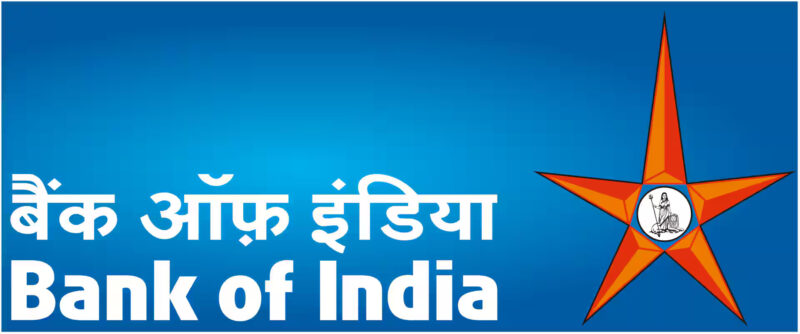
Bank of India ranks ninth on this list, with total assets of ₹815,555.61 crore (US$100 billion). Established in 1906, Bank of India is a public sector bank that continues to play a vital role in India’s banking landscape. With a strong presence across India, Bank of India remains one of the Biggest Banks in India by total assets.
10. Kotak Mahindra Bank

Rounding out the top 10 is Kotak Mahindra Bank, the newest bank to receive a banking license from the Reserve Bank of India. Despite being a relatively young bank, Kotak Mahindra has total assets valued at ₹620,429.73 crore (US$78 billion). Its rapid rise to prominence is a testament to its effective strategies and its ability to cater to a diverse range of customers. Kotak Mahindra Bank was initially an NBFC (Non-Banking Financial Company) before receiving a full banking license, making its journey unique among Indian banks.
Conclusion
India’s banking industry is vast, with numerous banks competing for a share of the market. However, only a few stand out as the Biggest Banks in India based on total assets. These top 10 banks have demonstrated their strength and resilience in the face of competition and economic challenges. Whether it’s the long-established public sector banks like SBI and PNB or the newer private sector giants like HDFC and ICICI, these institutions play a vital role in India’s financial ecosystem. We hope this list has provided valuable insights into the Biggest Banks in India, helping you understand their significance in the country’s economy.













